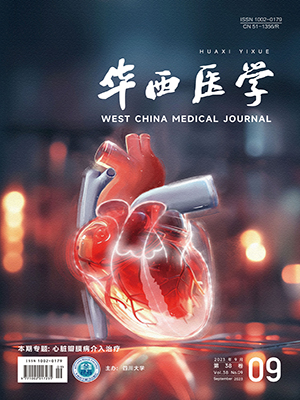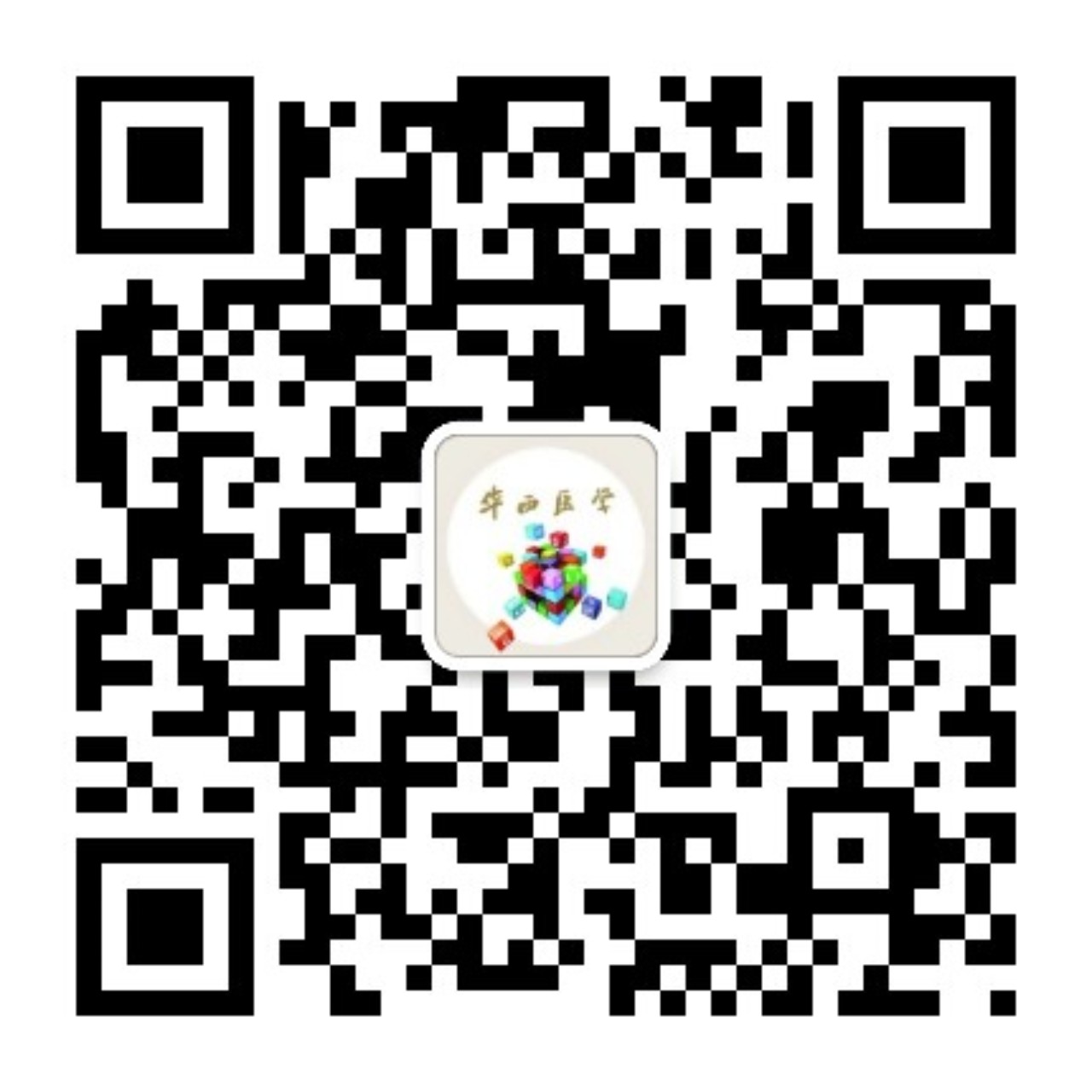目的 通過關鍵詞共現分析和作者共現分析的方式,研究國內外循證醫學教育領域的研究熱點、學科分支和發展趨勢。 方法 通過檢索中國學術期刊數據庫(CNKI)和Medline數據庫,分別收集相關研究文獻,并提取關鍵詞詞頻、作者發文數、核心期刊和核心研究單位,對核心關鍵詞和核心發文作者建立共現矩陣,使用Ucinet繪制可視化網絡圖。 結果 成功得到核心關鍵詞和核心作者可視化網絡。中文可視化網絡包括“循證醫學”、“護理”、“教育”、“教學”4個方面,英文可視化網絡包括“evidence-based medicine”、“nursing”、“education”、“organization amp;
administration”4個方面,國內外該學科發展趨勢相似。國內循證醫學教育以四川大學為核心,合作網絡較大。同時國內核心期刊與國外側重點不同。 結論 國內循證醫學教育研究領域總體發展趨勢良好,在醫學教育中起著極為重要的作用。
Objective To built visualized networks of evidence-based medical education in and out of China by using co-occurrence analysis of key words and authors. Methods We searched the China National Knowledge Infrastructure (CNKI) database in Chinese and Medline database in English, collecting the related articles, and took out the core key words, core authors and core administrations. Then we built the matrix of key words and authors, and finally finished visualized network by Ucinet. Results We successfully obtained the visualization of this subject. Chinese
network contained four parts: “evidence-based medicine”, “nursing”, “education” and “teaching”; while English network also contained four parts: “evidence-based medicine”, “nursing”, “education”, “organization” and “administration”. In China, Sichuan University located in the center of the network of authors, and also leading in the administrations. The
network of authors in China showed a larger cooperation than overseas. And the core-periodicals had different emphases. Conclusion The evidence-based medical education develops well in China, and plays an important role in the medical education.
引用本文: 方婕,李一飛,陳詩雨,胡心宇,沈建通. 基于共詞分析的循證醫學教育可視化研究. 華西醫學, 2012, 27(1): 76-80. doi: CNKI: 51-1356/R.20120115.1546.019 復制




